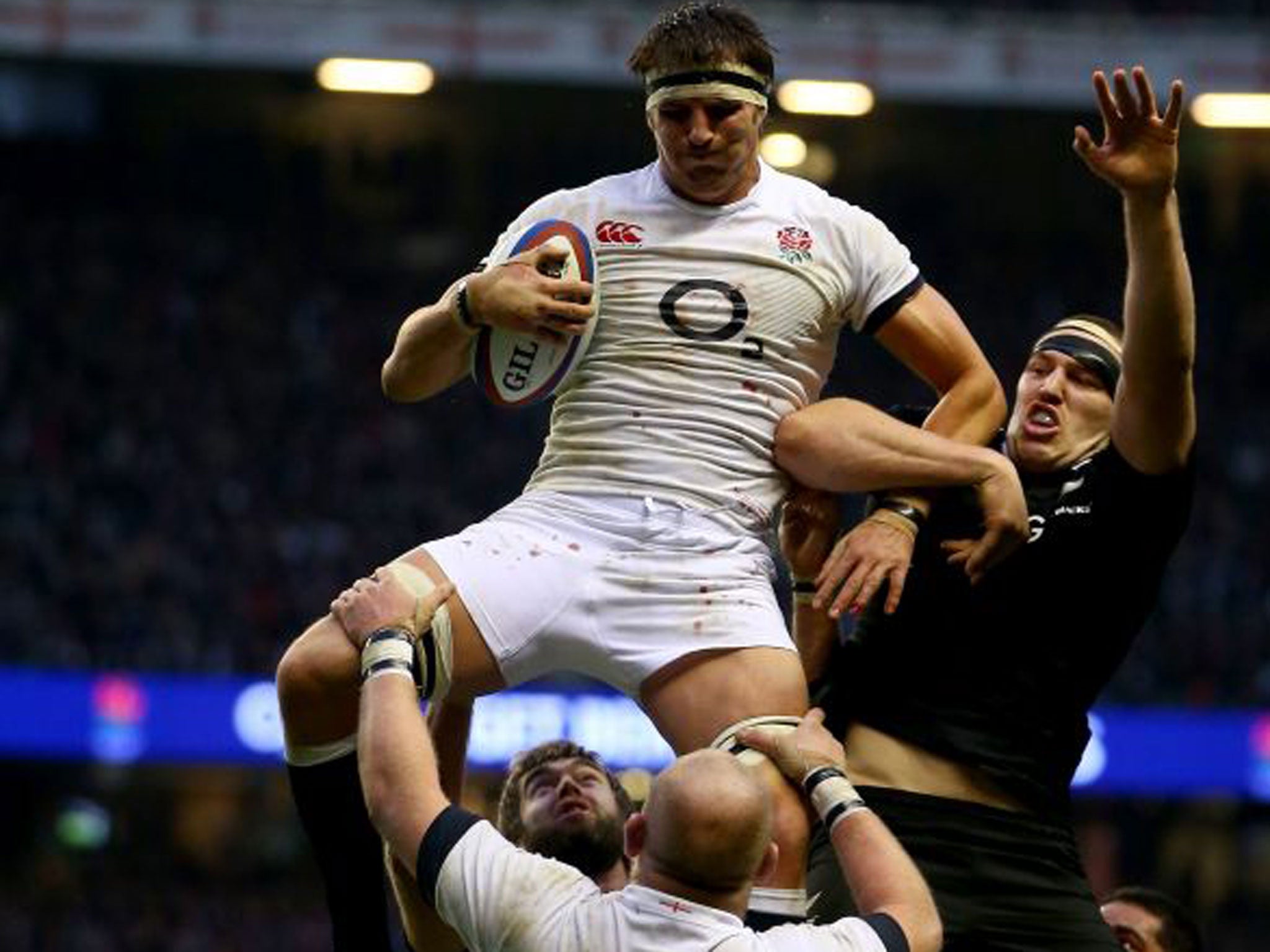England 22 New Zealand 30: Five things we learned about English progress at Twickenham
The Red Roses came close to a second successive victory over the All Blacks

Your support helps us to tell the story
From reproductive rights to climate change to Big Tech, The Independent is on the ground when the story is developing. Whether it's investigating the financials of Elon Musk's pro-Trump PAC or producing our latest documentary, 'The A Word', which shines a light on the American women fighting for reproductive rights, we know how important it is to parse out the facts from the messaging.
At such a critical moment in US history, we need reporters on the ground. Your donation allows us to keep sending journalists to speak to both sides of the story.
The Independent is trusted by Americans across the entire political spectrum. And unlike many other quality news outlets, we choose not to lock Americans out of our reporting and analysis with paywalls. We believe quality journalism should be available to everyone, paid for by those who can afford it.
Your support makes all the difference.Bricks still missing from the fortress
Wales, Australia and South Africa won at Twickenham in 2012; New Zealand became the first team to beat England there in 2013. Losing at home is bad news, as one look at the draw for the 2015 World Cup confirms. If England win their pool, that includes matches against Wales and Australia at Twickenham, they will earn the softest possible route to the final, almost certainly avoiding South Africa and New Zealand. If England stumble in the pool and go through as runners-up, it’s likely to bring them up against the Springboks in the quarters and the All Blacks in the semis.
Stuart Lancaster says his aim is for his team to be ranked second in the world behind New Zealand by next year. We can translate the head coach’s words as “strong enough to win Pool A in September and October 2015”.
England players will benefit from better opposition
As Edmund Burke wrote: “He that wrestles us strengthens our nerves and sharpens our skill. Our antagonist is our helper.” In two brilliantly entertaining matches with New Zealand last year and this, England have visibly kicked on. For the most part, however, it takes too long for talent to be fully formed within the English system. Billy Twelvetrees has been a Test candidate for almost three years, but only now is the Gloucester inside centre getting a run. His week-to-week schedule is mostly safety-first Premiership matches against so-so opposition.
Compare that with an All Blacks’ more rarefied calendar of Super Rugby, tour Tests and Rugby Championship. Not to mention the good habits New Zealanders are inculcated with from the cradle. Just turned 25, with eight caps, Twelvetrees is only now learning what Test rugby takes.
Problems among the backs
Joel Tomkins barrelled around as best he could but if a rugby league lump “winning the gainline” is all England’s threequarters amount to, then the national team is in trouble. Any number of No 13s have flitted across the radar, with Gloucester’s Henry Trinder currently at the head of the queue behind the injured Manu Tuilagi, who has his own issues with passing and kicking. In the outside backs one or more of Marland Yarde, Christian Wade, Jonny May and Anthony Watson needs to nail down a position and put the defensively chaotic Chris Ashton and any full-back asked to play on the wing out of their misery. On the upside, Mike Brown has kicked on this autumn, emerging from his angry-man cocoon as a defensive Trojan and attacking spearhead.
Wood and Lawes are two Saints for the ages
Tom Wood is nicknamed “Rambo” by a Northampton and England team-mate, scrum-half Lee Dickson, while Danny Care speaks lovingly of the flanker’s “wild and sadistic side”. The evidence was there as Wood flew unhesitatingly into immense tackles (if only Ashton could make his mind up so quickly) while giving the All Blacks a taste of their own ruses of flopping ever so subtly on the wrong side, tying opponents in with sly tugs of the jersey and accentuating their misdemeanours.
Courtney Lawes could almost be the answer at outside centre, such was the Northampton lock’s stunning display in all parts of the pitch. Having bucked the English trend, pre-Lancaster, by being capped at a young age, Lawes has matured as a line-out leader and more predictably into a giant of tackling, ball-carrying and one-out passing to avoid contact.
Game-changing skills come in many forms
Tom Youngs must get over his line-out lapses. The English forwards must work on strategies for the passive scrums that were presided over by the South African referee precisely as the law trial demands. The All Blacks coach, Steve Hansen, lambasted the northern hemisphere game for allowing players to seal off after the tackle. “In the southern hemisphere you just get smashed,” he said. England must take a punt on which style is most likely to prevail. The most searing memory, though, was of the dexterous passing out of the tackle by Ma’a Nonu and Kieran Read. Someone once made a 90-minute movie of the footballer Zinedine Zidane’s every move. Something similar featuring Read would be a great Christmas DVD to deliver to Billy Vunipola and Ben Morgan. The England No 8s have huge potential but must now graft hard to emulate and then beat the best.
Join our commenting forum
Join thought-provoking conversations, follow other Independent readers and see their replies
Comments